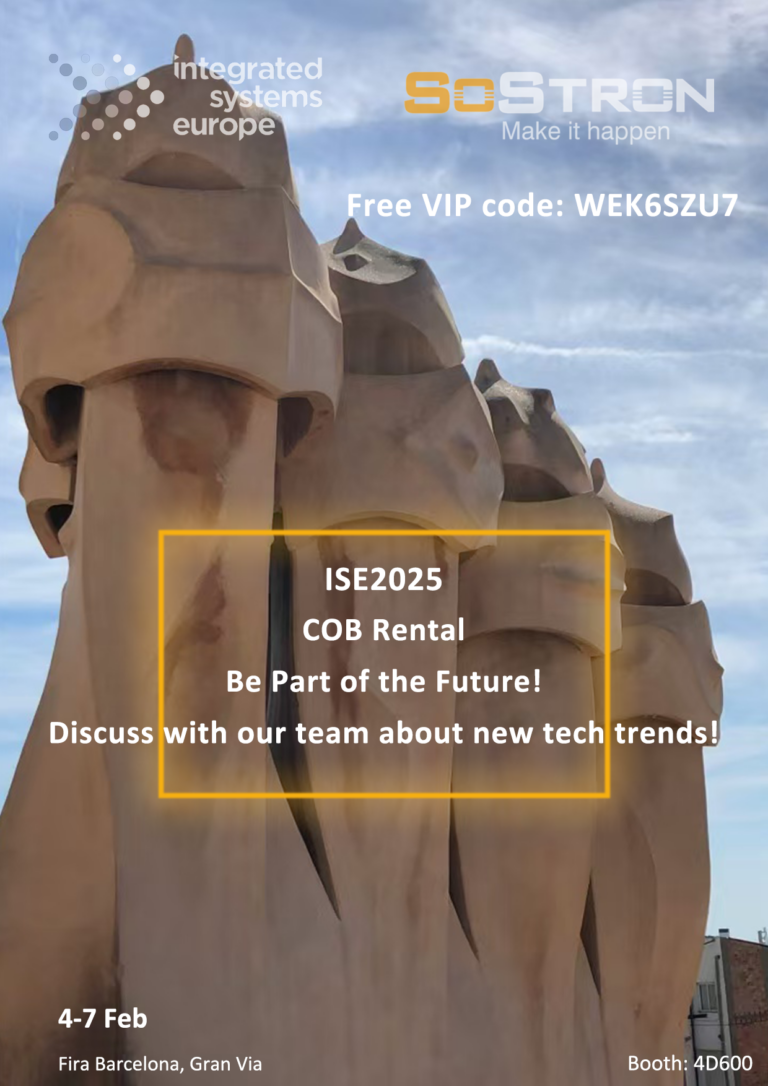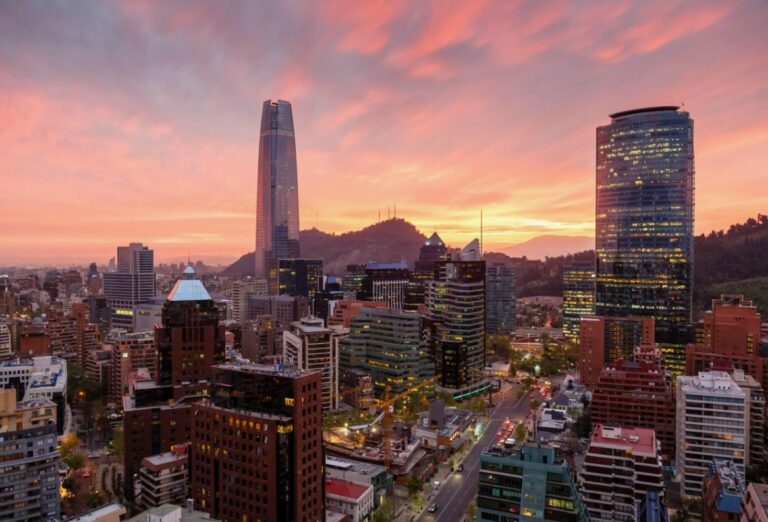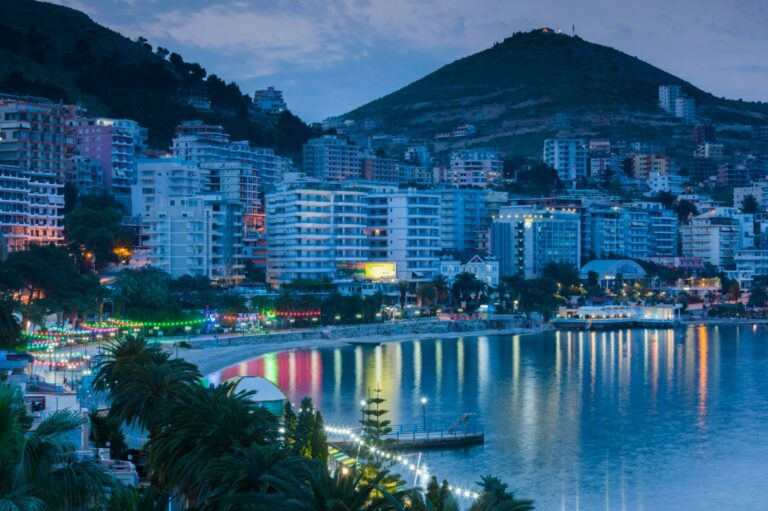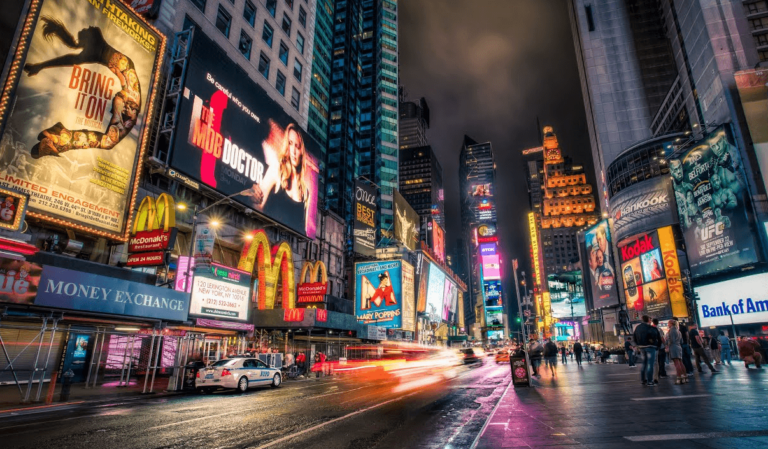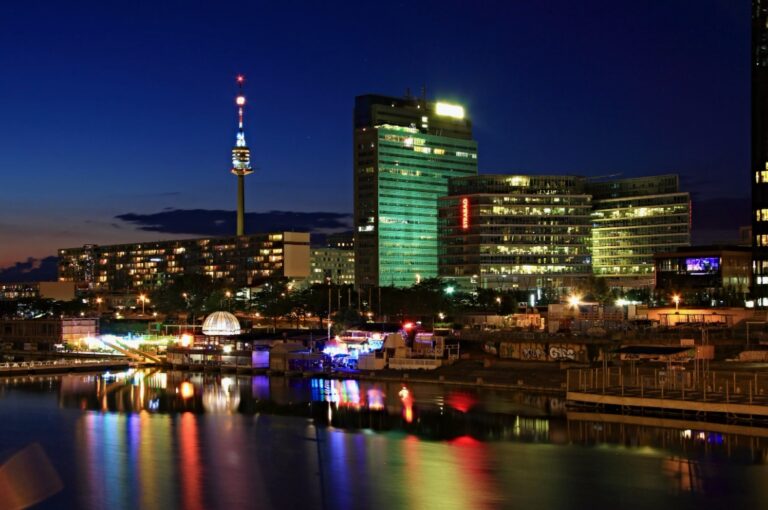Singapore’s LED displays have gradually emerged in the streets and alleys of the city, becoming landmarks in various forms. However, LED display screen also has a life span. Without reasonable maintenance, its service time will be greatly shortened.
As the mainstream product of indoor and outdoor display, LED screen is composed of many LED module panels, which are generally used to display various information such as text, image, video and video signals. Do you want to know the difference between stage rental screen and traditional LED screen? With the rapid development of the market economy, the screen industry is also familiar to everyone. More and more enterprises, shopping malls, hotels, etc. have begun to use the screen as advertising and information display. However, LED screens have a long service life in some places and a short service life in some places. Why does this happen? According to Sostron’s years of experience in producing and selling LED screens, the service life of LED screens in Singapore will be greatly affected by environmental and operational factors.
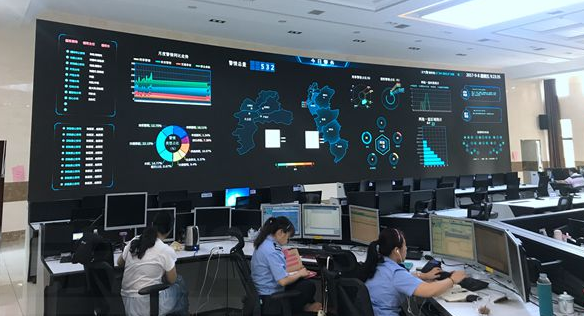
Temperature
The failure rate of any product is very low within its service life and only under appropriate working conditions. As an integrated electronic product, LED screen is mainly composed of control panel with electronic components, switching power supply, light-emitting devices, etc., and all these life is closely related to the working temperature. If the actual working temperature exceeds the specified range of use of the product, not only the service life will be shortened, but also the product itself will be seriously damaged.
Dust
The threat of dust to Singapore’s LED screens cannot be ignored. When working in a dusty environment, because the printed circuit board absorbs dust, the deposition of dust will affect the heat emission of electronic components, which will lead to the temperature rise of components, thus reducing the thermal stability and even generating electric leakage, which may lead to burning in serious cases. In addition, dust will also absorb moisture, corrode electronic circuits and cause short circuit faults. Although the dust volume is small, the harm to the product cannot be underestimated. Therefore, regular cleaning is necessary to reduce the probability of failure. When cleaning the dust inside the screen, remember to disconnect the power supply and operate carefully.
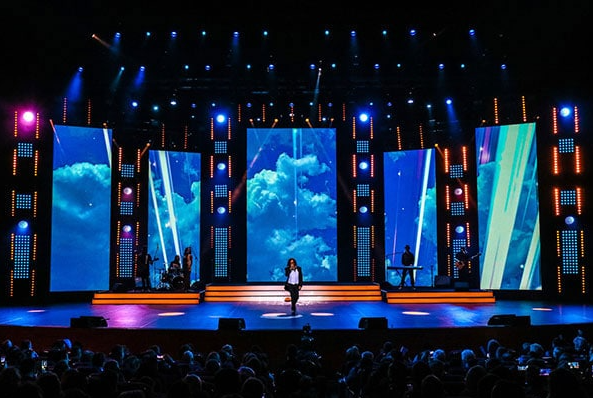
Damp
Although almost all LED screens can work normally in the environment with 95% humidity, humidity is still an important factor affecting product life. Moist gas will enter the IC device through the junction surface of packaging materials and components, causing oxidation, corrosion and open circuit of the internal circuit. The high temperature during assembly welding will cause the humid gas entering the IC to expand and generate pressure when heated, causing plastic to separate (delaminate) from the inside of the chip or pin frame, wire binding damage, chip damage, internal cracks and cracks extending to the component surface, and even causing component bulge and burst, Also known as “popcorn”, this will lead to the repair or even scrapping of the assembly parts. More importantly, the invisible and potential defects will be incorporated into the product, which will cause problems in the reliability of the product. The reliability improvement methods for humid environment include the use of moisture-proof materials, dehumidifiers, protective coating covers, etc.
Corrosive gas
Humidity and salty air environment can cause degradation of system performance, because they will aggravate the corrosion effect of metal parts and facilitate the generation of galvanic cells, especially when dissimilar metals contact. Another harmful effect of wet steam and salty air is the formation of a film on the surface of non-metallic parts that leads to the degradation of the insulation and dielectric properties of these materials, thus forming a leakage path. Moisture absorption of insulating materials can also cause the increase of material volume conductivity and dissipation coefficient. Reliability improvement methods for humid and saline air environments include the use of airtight seals, moisture-proof materials, dehumidifiers, protective coatings/covers, and reducing the use of different types of metals.
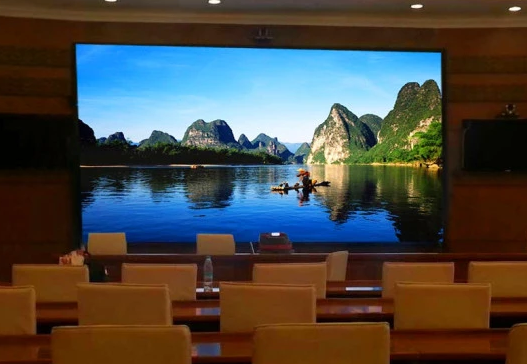
Electromagnetic radiation
The interference of RF radiation to electronic system generally comes from two ways. One way is that the electric noise interference of the radiation field directly enters the system. The experiment shows that when the field strength reaches 5V/m, the system will definitely make mistakes. The electromagnetic interference is enough to change the value of the CPU program counter PC, so that the microcomputer will “jump” out of the executing program by mistake, especially for small signal circuits. The memory can not work normally when the field strength is 15V/m. Another way of RF radiated interference is through power supply. The transmission line of the external rack is equivalent to the receiving antenna, which introduces the radiated interference into the system. In case of serious interference, the power supply of the system itself can be burnt.
Vibration
Electronic equipment is often subjected to environmental impact and vibration in normal use and test. When the mechanical stress caused by deflection exceeds the allowable working stress of components, such environment may cause physical damage to components and structural parts.
Load
Whether the integrated chip, LED tube or switching power supply is working under the rated load, the load is also an important factor affecting the life. Because any component has a fatigue damage period, take the power supply as an example. The brand power supply can output 105%~135% of the power. However, if the power supply works under such a high load for a long time, the aging of the switching power supply will inevitably be accelerated. Of course, the switching power supply may not fail immediately, but its life will be rapidly reduced.
With the development of the LED display industry, the variety and specification of the display continue to be diversified and intelligent, the application field continues to expand, and the visibility in the daily field is getting higher and higher. Only by minimizing the damage to Singapore’s LED screens caused by various environmental factors and improving the screen’s working environment can we increase the life of our screens.

